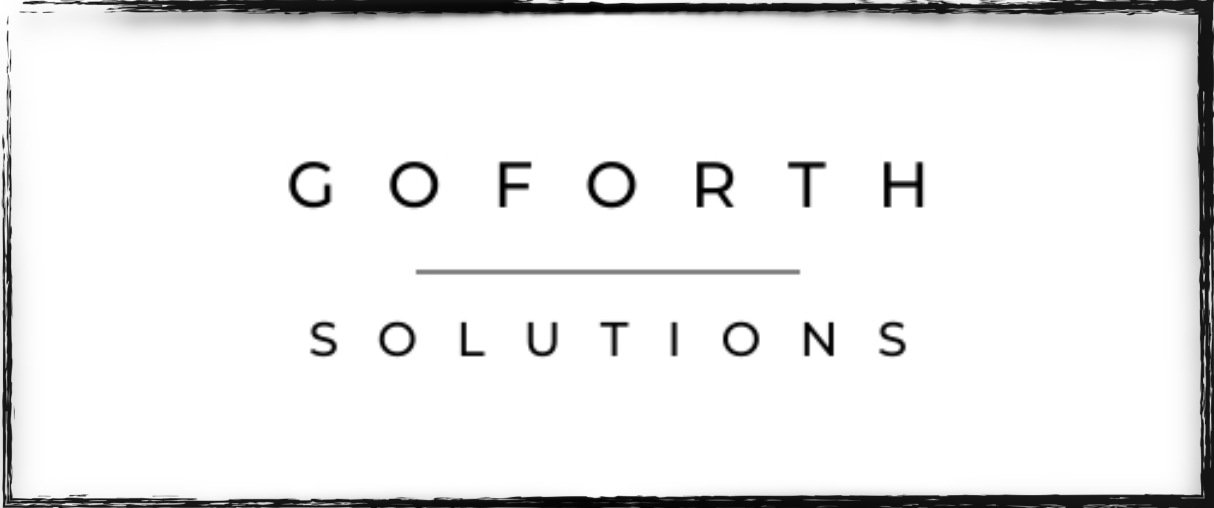Encouraging Critical Thinking in Children
/If we want our children or students or employees to express themselves creatively, then we have to give them the opportunity to do so. It doesn’t matter much if we tell them that we value their creative thinking, and then criticize or forestall every idea they propose.
From time to time, I do workshops for teachers, parents, and businesses that are eager to encourage open-ended, exploratory, creative thinking. One unfavorable sign is when someone asks me exactly what they should do to encourage creativity. They want me to tell them step by step, blow by blow. Their desire is an unfavorable sign because if they want a recipe for creativity, the won’t find it. Moreover, someone who wants to be told exactly what to do is not likely to model a creative style, no matter how much they may wish to do so.
Ultimately, you must encourage creative thinking by modeling it. It is hard to encourage creative thinking if you do not model it.
Robert Sternberg, Thinking Styles
